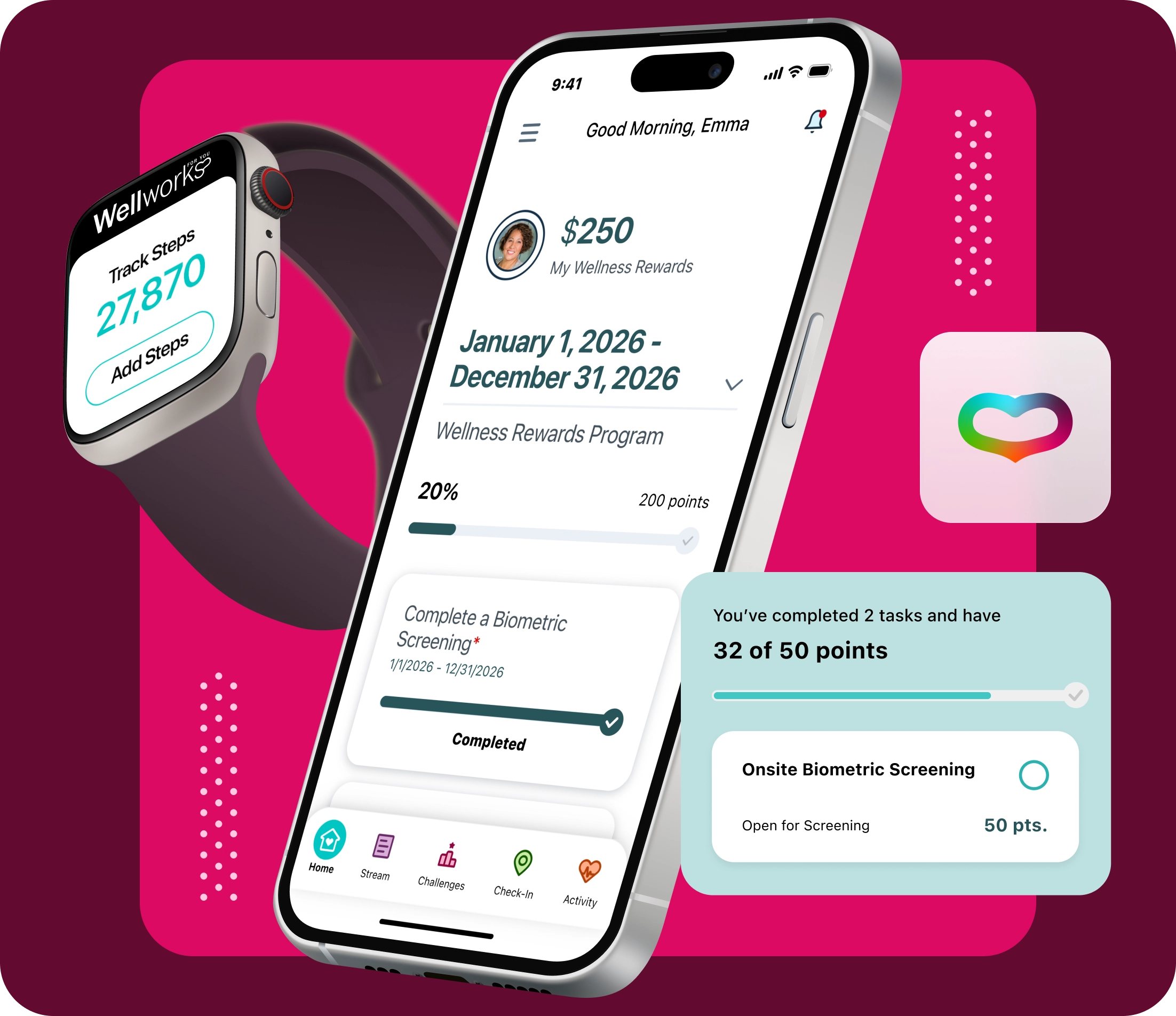
National Cholesterol Awareness Month: How to Balance Good and Bad Cholesterol*
September is observed nationally as Cholesterol Education Month, where we all can understand the dangers of high cholesterol and its connection with heart disease.
High Cholesterol is a severe, but preventable health condition that affects nearly 102 million Americans over the age of 20. It can be caused by an unhealthy diet and exacerbated by smoking and a lack of exercise. However, not all cholesterol is the same. We will break down the definition of “good” and “bad” cholesterol and explain how you can lower your cholesterol through lifestyle changes.
What is Cholesterol?
Cholesterol is a waxy substance that the body creates for various reasons. It is essential to understand that not all cholesterol is “bad”, and the correct amount of cholesterol has many positive effects. It is found in all of your body’s cells and is necessary for many functions, including:
- Building healthy cells
- Balancing hormone production
- Producing bile to break down your food
Most people don't need cholesterol in their diet because the human body can create enough cholesterol on its own. Cholesterol comes from your liver and animal foods, including meat and dairy. Foods that are high in saturated and trans fats cause your liver to make more cholesterol than it would otherwise.
Good Cholesterol vs. Bad Cholesterol
The key to healthy cholesterol levels is finding a balance between “good” and “bad” cholesterol. Maintaining the proper balance is the best way to sustain a healthy heart.
High-density lipoprotein (HDL) cholesterol, or GOOD CHOLESTEROL, acts by removing harmful or “bad cholesterol.” It does so by collecting the bad cholesterol from the bloodstream and returning it to the liver. Once the “bad cholesterol” is taken to the liver, it is broken down and removed from the body. This helps keep your arteries open and your blood flowing more freely. Higher HDL cholesterol levels are associated with a lower risk of heart disease.
Low-density lipoprotein (LDL) cholesterol, or BAD CHOLESTEROL, is the same waxy substance as the “good cholesterol.” However, LDL cholesterol can get stuck in the walls of your blood vessels, narrow passageways, and arteries. This is what causes a build-up of LDL cholesterol, or bad cholesterol, which can lead to a heart attack or stroke.
How to Maintain Healthy Cholesterol Levels
Some tropical oils, such as palm and coconut, contain saturated fat that can increase bad cholesterol or LDL (low-density lipoproteins). Lifestyle changes such as regular exercise, a diet low in fat and high in fiber, and not smoking can help lower cholesterol.
The best way to know your cholesterol levels is through routine blood work and annual physicals. Your doctor may recommend a complete cholesterol test, which would include the calculation of the four types of fats in your blood:
- Total cholesterol is the sum of your blood's cholesterol content.
- Low-density lipoprotein (LDL) cholesterol is the "bad" cholesterol. Too much of it causes plaque buildup in your arteries, reducing blood flow and leading to a heart attack or stroke.
- High-density lipoprotein (HDL) cholesterol is the "good" cholesterol because it helps carry away LDL cholesterol, thus keeping arteries open and your blood flowing more freely.
- Triglycerides are a type of fat in the blood. When you eat, your body converts calories it doesn't need into triglycerides, which are stored in fat cells. High triglyceride levels are associated with being overweight, eating too many sweets or too much alcohol, smoking, being sedentary, or having diabetes.
According to Mayo Clinic, to maintain healthy cholesterol levels and to help prevent high cholesterol, you can:
- Eat a low-salt diet that emphasizes fruits, vegetables, and whole grains
- Limit the number of animal fats and use good fats in moderation
- Maintain a healthy weight
- Quit smoking
- Exercise on most days of the week for at least 30 minutes
- Drink alcohol in moderation, if at all
- Manage stress Again, not all cholesterol is bad, but it is essential to understand the risks of high cholesterol to maintain a happy and healthy heart!
Ready to Get Started?
To learn more about what Wellworks for You can offer, please fill out this form and one of our trusty team members will be in contact with you shortly. We can’t wait to meet you!




